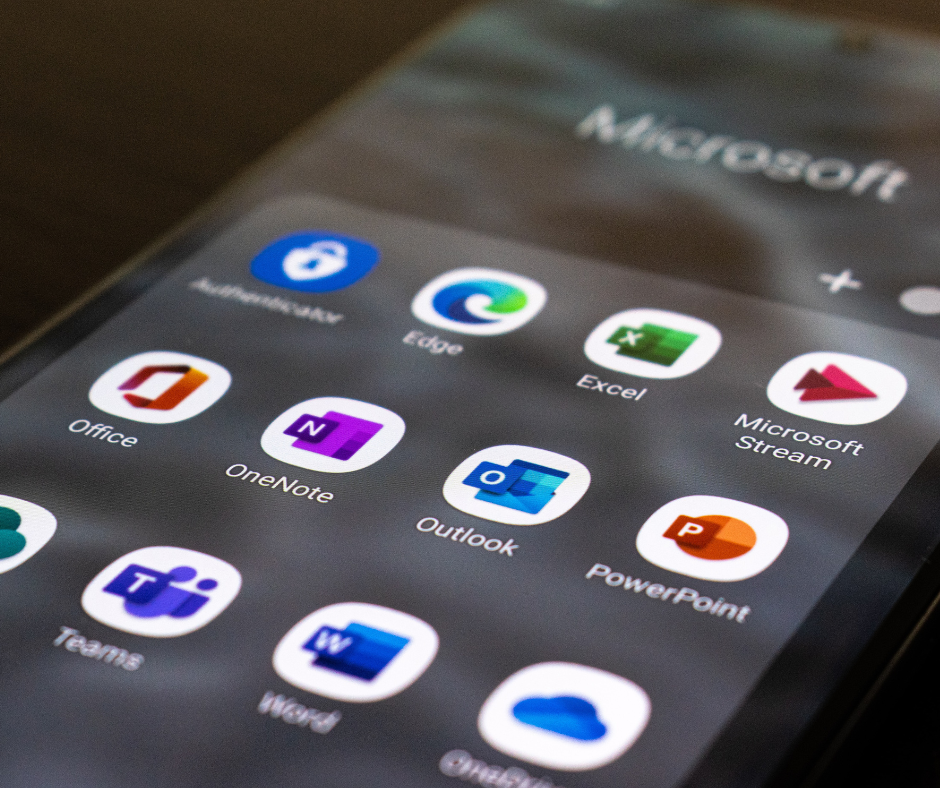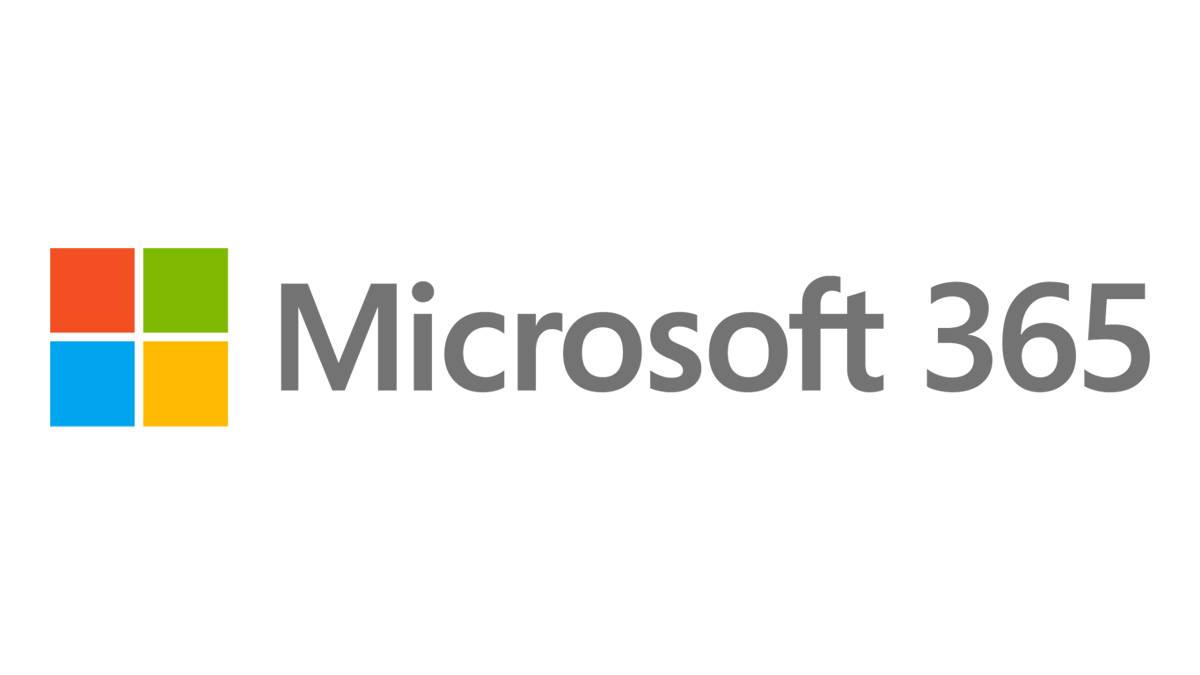Remember back in grade school, you learned about how all rectangles are squares but not all… wait, no, all squares are rectangles but not all… Anyway, the point is sometimes things are difficult to understand.
Here at PTG, we pride ourselves on unscrambling the proverbial egg. Understanding the differences between Microsoft 365, Office 365, and Office 2021 is a proverbial egg we can unscramble!
And while we like to mix metaphors, our goal is never to mix you up about the topic at hand. So let’s dive right in, shall we?
Are Microsoft 365 and Office 365 the same?
Yes!
Well, no. Not exactly.
Here’s what we mean: “Office 365” was the name for a cloud-based suite made up of productivity applications you may have heard of, like Outlook, Word, PowerPoint, and more. Microsoft 365 is the current name of a bundle of services that includes the aforementioned Office 365, plus other services including Windows 11 Enterprise.
So as you can see, yes, and no.
The confusion itself began when, in 2017, Microsoft introduced Microsoft 365 as a bundle of existing products under one license all aimed at businesses – with a name similar to the already existing Office 365. Many already called Office 365 by the name Microsoft 365, so it’s easy to see how the two products were quickly confused.
If you are looking for how Microsoft 365 can impact your role specifically, check out this guide: Discover Microsoft 365’s Top Features for Your Role.
So what’s the difference between Microsoft 365 and Office 2021?
Hopefully, it doesn’t seem too complicated still, but we love breaking it down more than DJ Jazzy Jeff (or is it Geoff?) so here’s more on the topic.
Office 2021 is the standalone Microsoft Office suite of applications for Windows and Mac operating systems. You pay a single upfront fee for a lifetime* license. This license includes some apps you’re probably already using like Microsoft Outlook, Word, PowerPoint, Excel, and Teams.
*Microsoft announced in October 2022 that it will be ending support for Office 2021 on October 13, 2026
A disadvantage (to some) of Office 2021 is that you don’t get the version upgrades that Microsoft 365 users enjoy. In other words, if Teams or Excel gets an exciting new facelift/feature, you don’t get to partake with your Office 2021 license.
Let’s talk more about Microsoft 365.
Microsoft 365 plans include Office 2021 as a part of a greater offering. It also includes Windows 10 Enterprise, Enterprise Mobility + Security (EMS), and machine learning. There are multiple plans to choose from depending on your needs. The services included in Microsoft 365 are also available as separate licenses.
You may be asking yourself, “Self, which of these Office 2021 and/or Microsoft 365 plans do I need?” and that would be a very good question to ask yourself. The first thing you should always do is review who will be working with the new technology at your organization and decide exactly what tools and services your team needs to perform their daily functions.
There are a lot of things that go into the decision-making process. Here’s a handy way to decide the rest:
Why Buy Microsoft 365:
- Collaborate like never before
Using tools like Microsoft Teams, your … team … will be able to work together instantly and across every platform you’ve got. Sharing through the cloud ensures that you and your collaborators always have the latest version of a document and that you can see the changes made by others without comparing old and new files side-by-side. - Work from anywhere – literally
There aren’t many places you can go without an internet connection these days, and as long as your office DNA says WFH is A-OK, you’ve likely seen folks check in from some pretty wild places. As your team jumps between computers, phones, and tablets, you can access Microsoft’s productivity suite on any device just by logging into your account. And thanks to the 1TB of OneDrive storage provided with your account, you can access your documents from anywhere without carrying around a thumb drive.
Why Buy Office 2021:
- Buy it once, never buy it again
Just like the “buy or lease” argument with a car, there is plenty of back and forth here. But the reality is buying your product means you have a fixed cost, and in a lot of businesses fixed costs are better. We get it. - Work offline and access extra features
The basic free version of Microsoft Office may allow you to work online, but that’s it. The Office Online-only suite also lacks some important features, such as the table of contents or bibliography in Word, advanced formula or chart tools in Excel, and rich formatting in PowerPoint.
|
|
 |
|
Microsoft 365 includes the full suite of Microsoft products (depending on your license). It also includes any future updates that Microsoft rolls out, meaning all of your apps stay up-to-date with the latest features. Payment for this product is a monthly or yearly fee. |
Office 2021 is great for those who want to pay once and are happy with the version they bought. While the upfront cost is a little more expensive, it will likely be cheaper in the long run compared to Microsoft 365.
|
|
Pros:
|
Pros:
|
|
Cons:
|
Cons:
|
Moving to your new licenses and supporting your team
If you are using Office 2021, the good news is that once it’s downloaded, you’re pretty much done. If you are going the Microsoft 365 route, there are a few extra moving parts.
Unless you’re starting from scratch, moving to Microsoft 365 won’t be an instant flip of the switch. There are setup and migration requirements involved for both.
There will be both time and costs associated with this. Some or all of it can likely be done outside of business hours, though, to minimize business disruption.
If you’re technically savvy (or have a good IT person on staff), you may be able to handle this internally. If not, your best bet is to work with Microsoft Partner who has experience with migrating businesses to Microsoft 365, implementing EMS, and setting up machines with Windows 10/11 Enterprise.
Conclude
Not all squares are rectangles and vice versa, but at the end of the day you’re not really looking for both, you want one or the other. Just like these fun shapes (can you tell this writer has a two year old?) there are different options full of apps for you to choose to spend your organization’s hard-earned dollars on.
We would suggest one over the other, but with Microsoft, there really isn’t a better or worse unless you’re talking about how it impacts your day-to-day. If you need help figuring that out, we’d love to talk! Give us a call at (864) 552-1291 and we’ll help you evaluate capabilities and options. Also, sign up for PTG Tech Talk for bi-monthly tech news, and consider following us on LinkedIn, Facebook, and Twitter!

